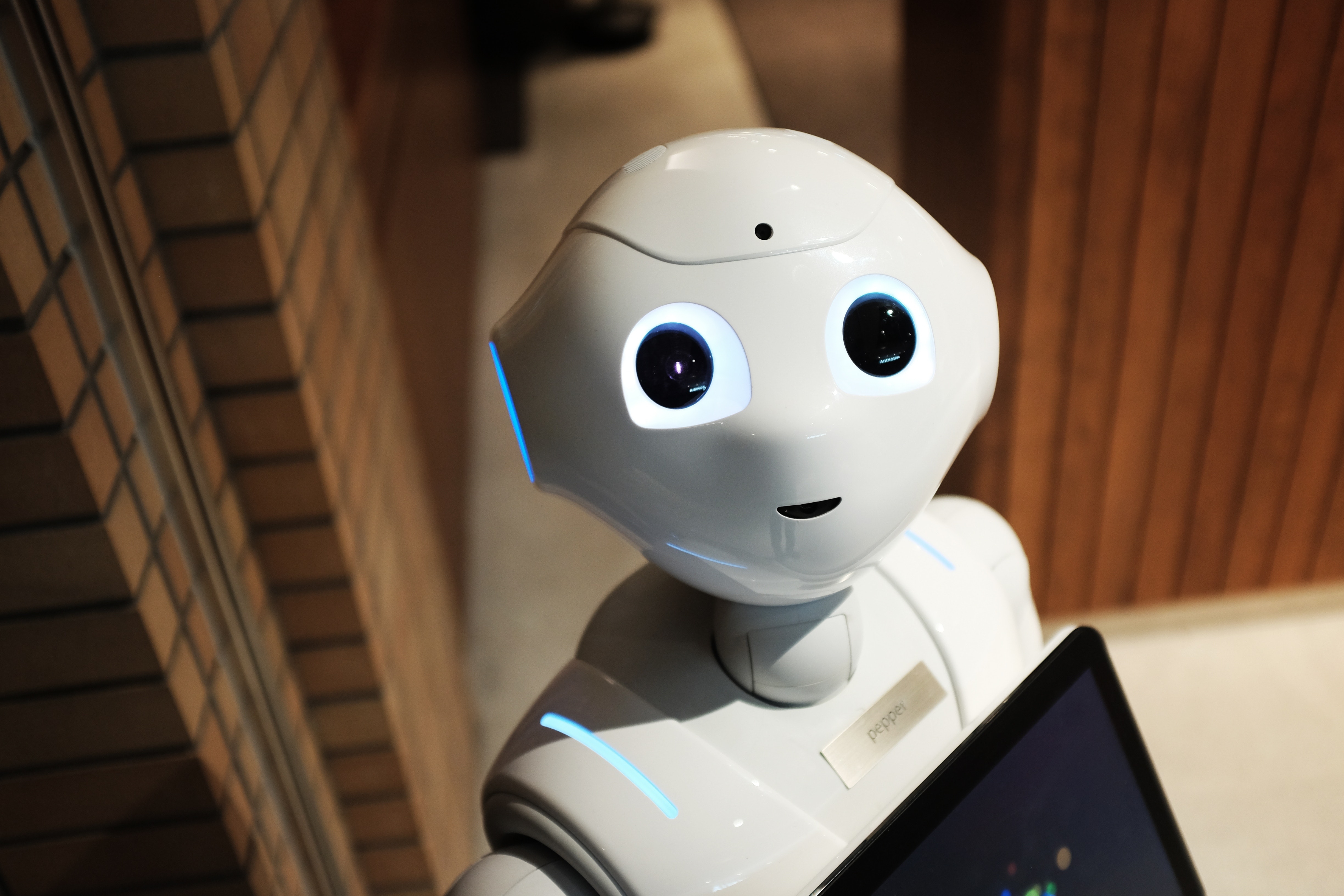
At Hemargroup, we have been involved in the development and production of electronic components for more than 40 years. For several years now, the role of the software component on the hardware has assumed an increasingly important role, especially considering the advent of artificial intelligence and machine learning.
Nowadays, more and more corporate and startup customers are asking us for products that can perform actions or give results based on the interaction with the surrounding environment, learning and improving constantly without human intervention.
In this article, we discover together the basics of machine learning that everyone should know.
The Basics of Machine Learning You Should Know
Machine learning is a branch of artificial intelligence that uses statistical methods to progressively improve the performance of an algorithm for identifying a model, pattern or structure in data.Machine learning is a variant of traditional programming in which the ability to learn something from data autonomously is predisposed in a machine, without receiving explicit instructions in this regard. In some cases it is known as predictive analysis.
There are two methods:
- The first, referred to as a neural network, leads to the development of machines with automatic learning in which the behaviour is learned from a randomly connected network.
- The second, more efficient, consists in reproducing the equivalent of a highly organized network designed to learn only some specific activities, but requiring supervision and reprogramming for each application.
Machine learning is used in those fields of computer science where designing and programming explicit algorithms is impractical; possible applications include e-mail filtering to avoid spam, detection of network intrusions or intruders trying to break data, optical character recognition, search engines and machine vision.
Machine learning is closely linked to computational statistics, which deal with the processing of predictions through the use of computers. It is also strongly linked to mathematical optimization, which provides methods, theories and domains of application to this field.
In order to develop a machine learning algorithm a considerable amount of data is needed which must be perfectly reliable otherwise the information that will be returned to us after the computation may be unreliable. Note that the result is never 100% reliable, even if the entered data is correct. In fact, the percentage of reliability of the results cannot be defined a priori, if not only after the algorithm has been fully implemented.
Once collected the data will then be classified and optimized in order to make them suitable for analysis by the machine. This phase can take a long time depending on the information we want to obtain.
Then, it will be necessary to develop the algorithm capable of interpreting the data and classifying them automatically according to what has been learned. After optimizing it, it will be ready to receive new data never seen before.
We hope, with this article, to have given you a general overview of the world of machine learning.
If you have any further questions, or would like to contact us about a consultancy for your project, please use the link below.
.png)
